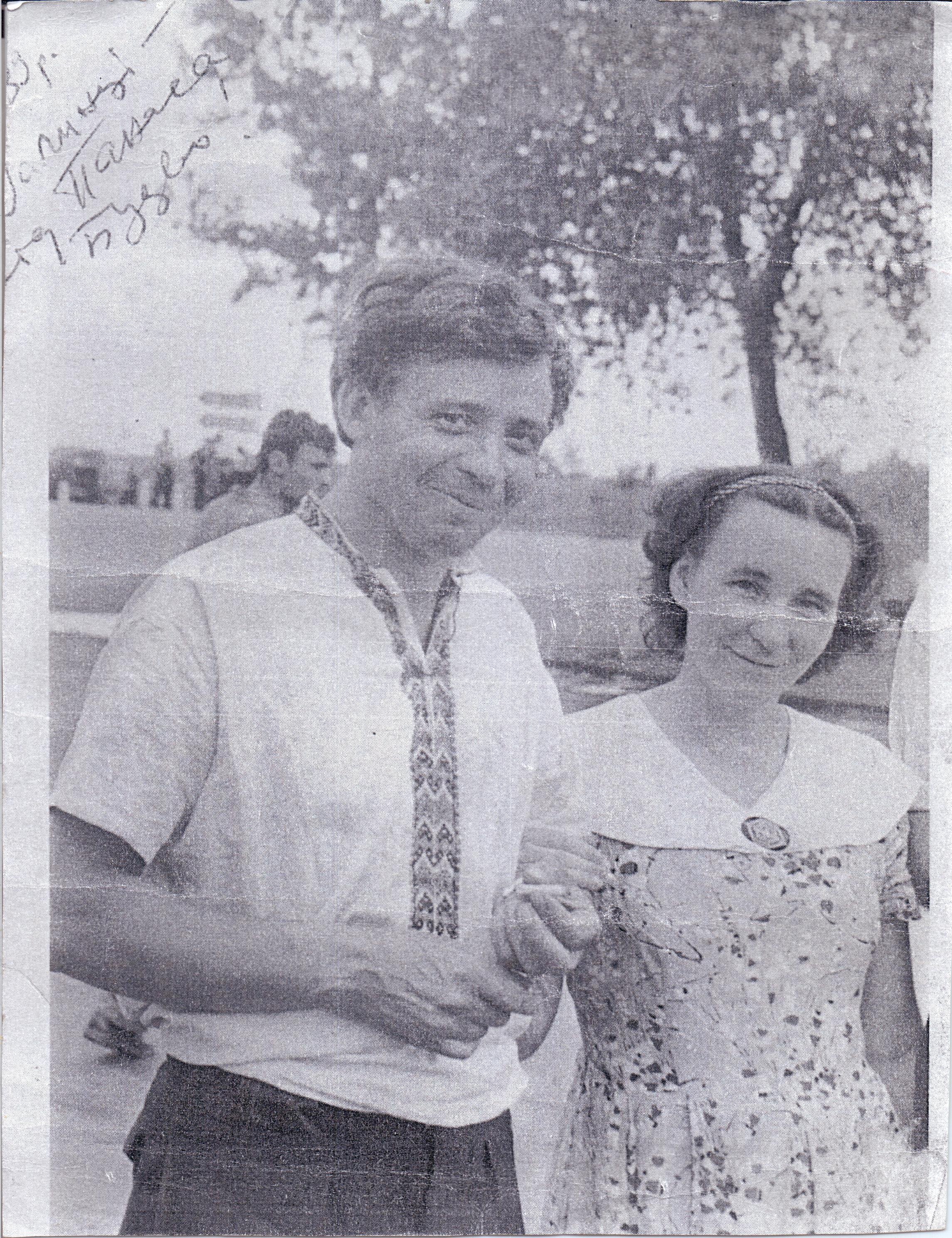Opanas Zalyvakha was born in the village Husyntsi, located in the Kup’iansky district, near Kharkiv in 1925, fleeing from the famine unfolding in the Ukrainian countryside in 1932-33 to the Far East. He studied in Irkutsk, went to middle school in Leningrad, and evacuated with most of the city to Samarkand during Word War II. He returned to Leningrad in order to resume his studies in 1946 at the Soviet Academy of Arts. In his second year, he was reprimanded for “behaviour unbefitting a soviet student” and expelled, solidifying Zalyvakha’s general discomfort with the Soviet regime to which his childhood and peripatetic early years contributed. He held a variety of odd jobs before landing at an art fond in Kaliningrad. It was only in 1955 that he was allowed to return to his studies at the Soviet Art Academy, which he finished in 1960.
His art praxis in Kosiv, in Hutsul region of Ivano-Frankivsk oblast, in 1957 was restorative for his restless spirit and had a lasting impact on his work and evolving worldview. After completing his studies, he worked briefly at an art fond in Tyumen in 1961, before returning to Ukraine, joining the union of artists in Ivano-Frankivsk. In the fall of 1962, he became better acquainted with the cultural intelligentsia based in Kyiv, and began attending gatherings organized by the Kyiv Club of Creative Youth, which drew him into the national cultural renaissance underway. He became friends with Ivan Svitlychnyi, M. Kotsiubynska, M. and B Horyn’, Viacheslav Chornovil and O. Antoniv, who helped him understand “the essence of Moscow imperialism.” In 1964, together with Alla Horska, L. Semkin, H. Zubchenko and H. Sevruk he created a stained glass window called “Shevchenko. Mother” at Kyiv University in honour of the 150th anniversary of Taras Shevchenko’s birth. A defiant, fierce Shevchenko stands with his right fist raised, holding a woman in his other arm symbolizing Ukraine, beleaguered and abused by Soviet power.
The image in the foyer of the Sixtier Museum is a reproduction of the only known sketch of this work. The stained glass window was commissioned by the university and on March 9, 1964 the artists were supposed to have completed the process of painting the sketch onto on large glass windows found on the first floor. If the university liked the work, the next step would have been creating the window from shards of colored glass held in place by metalwork. However, the black metal created lines that made it looked like Shevchenko and the woman he was holding were behind bars. Upon seeing this, the party committee of the university ordered the window’s immediate destruction. As a result, Alla Horska and Liudmila Semykina were thrown out of the artists Union (though their membership was restored the following year). After this, the KGB also began actively surveilling Zalyvakha.
On August 27, 1965, Zalyvakha was arrested along with many other members of the creative intelligentsia for reading and distributing samvydav literature. In closed court proceedings in Ivano-Frankivsk, he was sentenced to 5 years of hard labour, for violating article 62 part 1 of Soviet Ukraine’s criminal code. He served out his sentence in Mordovian camp No. 11, though he was allowed to write letters to sixtiers who remained on the outside, including Alla Horska, V. Kushnir and N. and I. Svitlychnyi. He was not allowed to paint, but after many protests and demands by other inmates, and a collective letter of protest drafted by other sixtiers likening this punishment to the Tsarist authorities forbidding Taras Shevchenko from writing and painting, he was eventually allowed to make small graphics and postcards. During random searches the camp administration destroyed about 200 such works, but some ex librises and drawings survived.
In August 1970, he returned to Ivano-Frankivsk, where due to his protests on behalf of the historian Valentyn Moroz, imprisoned in the Beria Reserve, and at funeral of his friend Alla Horska he lived for six months under stringent administrative surveillance. The art fond refused to give him work upon his return, and he thus ended up doing factory work. His apartment was searched twice. From 1971 until the early 1980s, he worked as a bookmaker for the publishers “Veselka” and “Kameniar.” In July 1980, the KGB confiscated many of his works during yet another search of his apartment. He continued working and experimenting in the monumental arts, interior design, books and album covers, including several volumes of collected works written by other sixtiers. After being banned for many years, Zalyvakha was finally able to publicly show his work at an art exhibition in 1988 in both Ivano-Frankivsk and Lviv. In 1989, he also held an exhibition in Kyiv and several in Toronto, London and New York.

